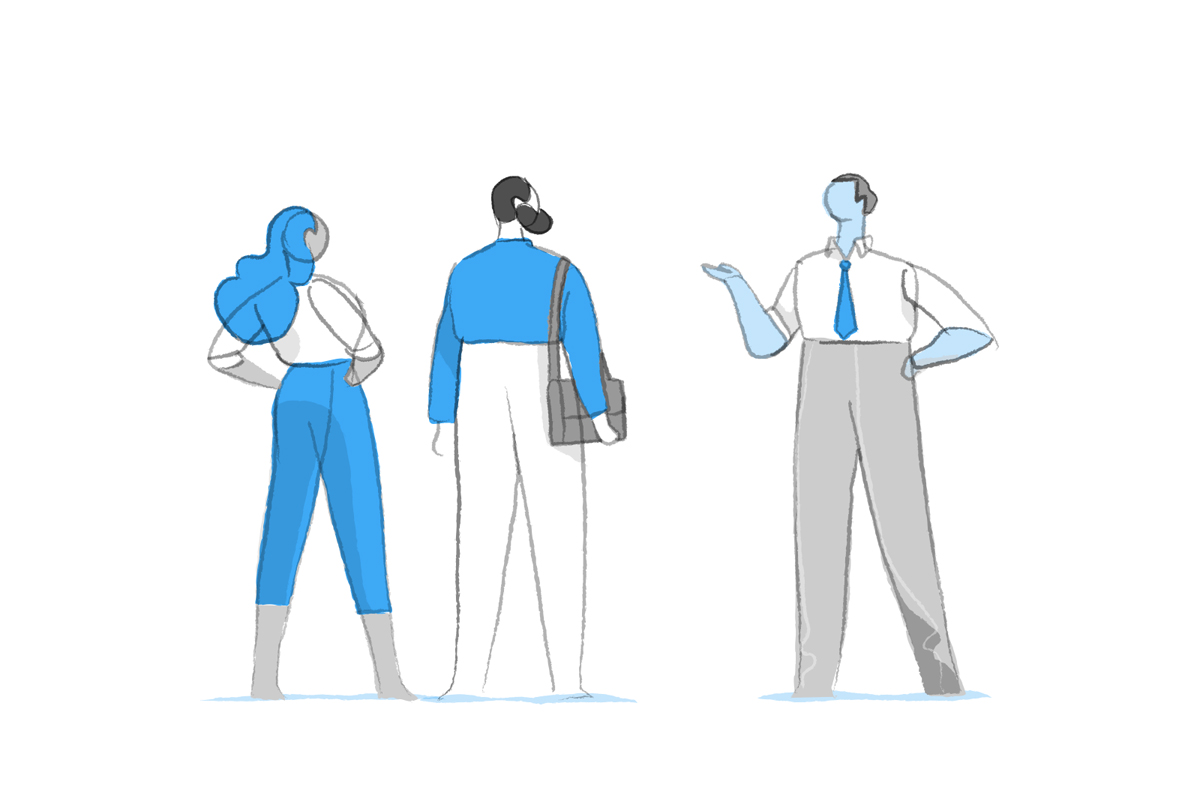Frederick Winslow Taylor, widely regarded as the first management consultant, was the right expert for his times. Changes in industrial production in the early 20th century, best exemplified by Henry Ford’s creation – the assembly line, demanded new levels of routine and conformity from workers. Taylor’s pioneering thinking in efficiency methods and scientific measurement were hugely influential in this emerging era of mass production.
‘Taylorism’ was as popular amongst business owners for its impact on the bottom line as it was resented by workers for its fine-tuned control and measurement. “The record time for assembling a car in 1908 was 12 hours and 28 minutes. After the process was Taylorized, the first moving assembly line in 1913 cut the time to 93 minutes”, notes Harvard Business School professor Amy Edmondson, in her book Teaming: How Organisations Learn, Innovate and Compete in the Knowledge Economy.
Consulting evolved over the decades, and in the 1960s and 70s, a number of consulting firms, along with Harvard Business School, put forward new thinking, frameworks and tools that defined the field of business strategy. In many industries, particularly at large companies, management consultants came to be regarded as the smartest guys in the room.
Companies would have a strategic problem to be solved, or an opportunity to be tapped, and consultants would march in, understand the problem, go away for a few weeks or longer, and come back with ‘The Answer’.
What drives innovation today?
The innovation leaders of today are not management consultants or business schools, but digital companies. Flat organisations, non-hierarchical communication, lean start-up and agile methodologies, failure tolerance, far reaching employee stock ownership and remote working are all practices pioneered by Silicon Valley.
Given the success of tech businesses one must ask the question, what makes them succeed where others have failed? And what role can consultants play in the process of innovation?
Part of the answer to the first question can be found in a study conducted by Google to understand what led some teams at the company to succeed more consistently than others. The study revealed that success was not dependent on the quality of individual talent within teams, but instead on how team members worked together. Specifically, these two behaviours were found consistently in successful teams:
- All team members got roughly the same amount of time to speak
- People on the team were good at intuiting and reading how others were feeling
Psychological safety enables risks
The successful teams at Google often had meandering conversations, marked by people speaking over one another and taking non-work-related personal tangents, rather than sticking to a fixed agenda. In short, they came across as inefficient (take that, Frederick Winslow Taylor!). But team members brought their ‘real selves’ to interactions rather than a work persona they had donned, and felt comfortable expressing their views without fear of mistakes.
Amy Edmondson, in Teaming, emphasises the importance of “psychological safety” in innovation teams. This is the idea that people should not be afraid to make mistakes, and should feel free to ask for information or help. In an environment of psychological safety, people speak up when they disagree, and are more willing to take risks – two necessary ingredients for innovation.
Diversity challenges conventional thinking
Edmondson also emphasises the importance of cross-functional teams that span different occupations and areas of expertise. Where one team member may see a solution from a particular perspective, another will bring in a new way of thinking.
I remember a talk by Flipkart’s then-CTO Peeyush Ranjan in 2015, where he illustrated this point. When designing a user interface for Flipkart suppliers to upload product information, a group with product management and design skills might create a reasonably usable data-entry form where all the fields can be individually entered. Add an engineer to the mix however, and she might deploy machine-learning technology to recognise uploaded images and auto-fill fields such as name (‘dining chair’), category (‘furniture’), colour (‘brown’) and material (‘wood’), sparing the supplier the effort of doing so themselves.
‘The Answer’ vs possible answers
With rapidly changing technologies and customer expectations, businesses are facing competitive threats from unexpected sources. Amazon, originally a bookseller, competes with server hosting facilities. Airbnb deploys inventory from homes to compete against hotels. Apple, the computer maker, is also a media company.
In this environment, solutions to problems and opportunities are not immediately obvious. Potential solutions need to be validated by putting well-reasoned hypotheses through real-world experimentation and analysing resulting data, rather than relying on a purely theoretical exercise. This is another area – referred to as lean start-up innovation – pioneered by digital companies.
So, where does consulting fit in innovation?
Contrast the notion of psychological safety and the freedom to make mistakes with the idea of projecting unwavering competence and infallibility – which is precisely the image that a number of people, particularly many consultants, bring to work.
In front of clients, many consultants are loath to admit ignorance or ask a question, even if humility and a willingness to learn are the key to problem solving. Nor do many consulting teams allow themselves to contradict team mates in front of a client, even at the cost of shutting down a potentially interesting avenue for a solution.
Traditional consulting environments also don’t allow for a diversity of opinions and disagreements to be expressed across the consultant-client divide. Consultants often open a narrow communication channel with clients when seeking their views at the outset of a project and at specific checkpoints. But the core project work is done in isolation from the client, rather than in collaboration.
Additionally, consultants bear the legacy in some circles – rightly so or not – of the smartest guys in the room. Or they may be viewed as the know-it-all experts in their field. They are therefore expected, and expect themselves, to come up with definitive answers – The Answer – in contrast with experimentation-based validation of possible answers generated in conjunction with the client.
Time for a change
For consultants involved in innovation projects, it is time to focus less on looking good in front of clients, and more on rolling up ones’ sleeves along with them to solve problems.
In an era of digital innovation, the client-consultant relationship is evolving from one of question-answer to one of collaborators. This requires mutual respect based on the client team’s business knowledge and career experiences, and the consultants’ areas of expertise and perspectives formed from working with a variety of businesses.
Collaboration doesn’t imply a lack of pressure or conflict. Indeed, innovation demands disagreement, sometimes vociferously so. Which is why it is important that client/consultant labels are checked-in at the door to a large extent, and the joint team members express opinions without fear of making mistakes or contradicting each other, irrespective of organisational or hierarchical boundaries.
Consulting is evolving in the era of innovation, and increasingly, consultants are working as a part of unified teams with clients. It may be time for a change, not only in substance, but also in name. A ‘consultant’ sounds uninvolved, at arms-length, under-invested, and transactional. Innovation demands ‘collaborators’.




